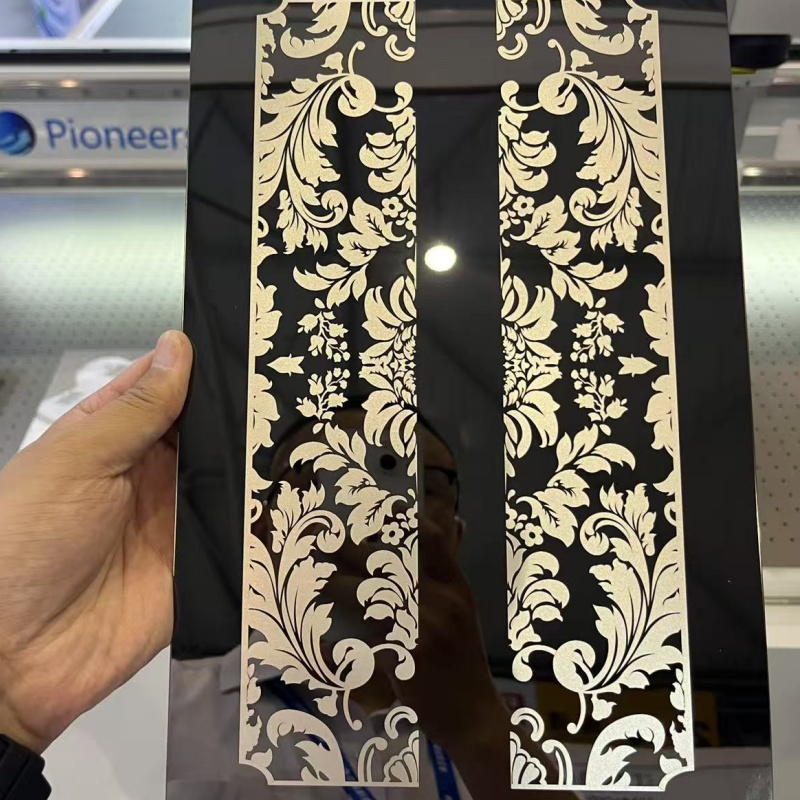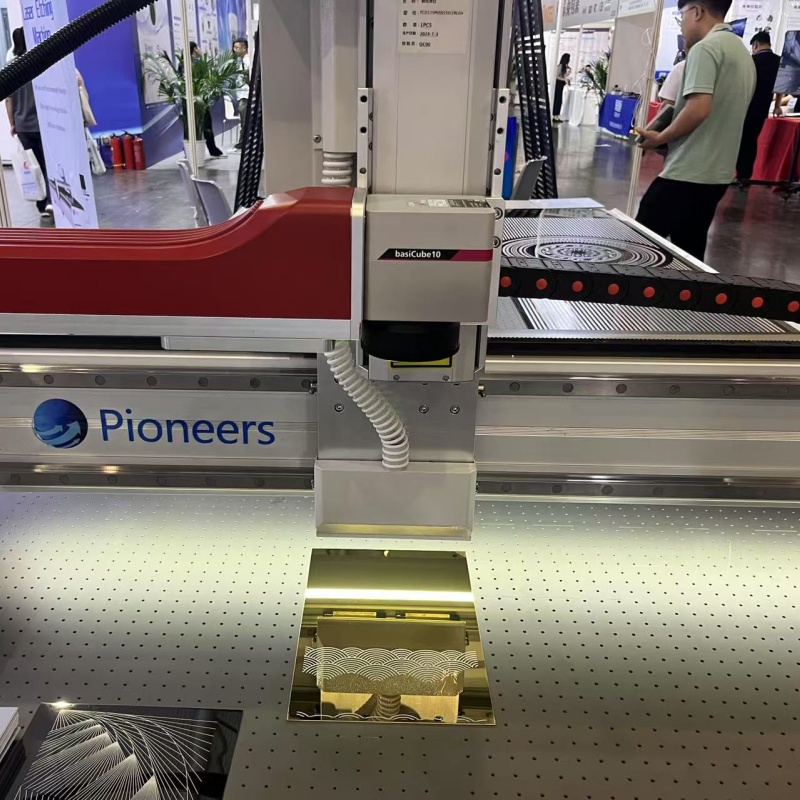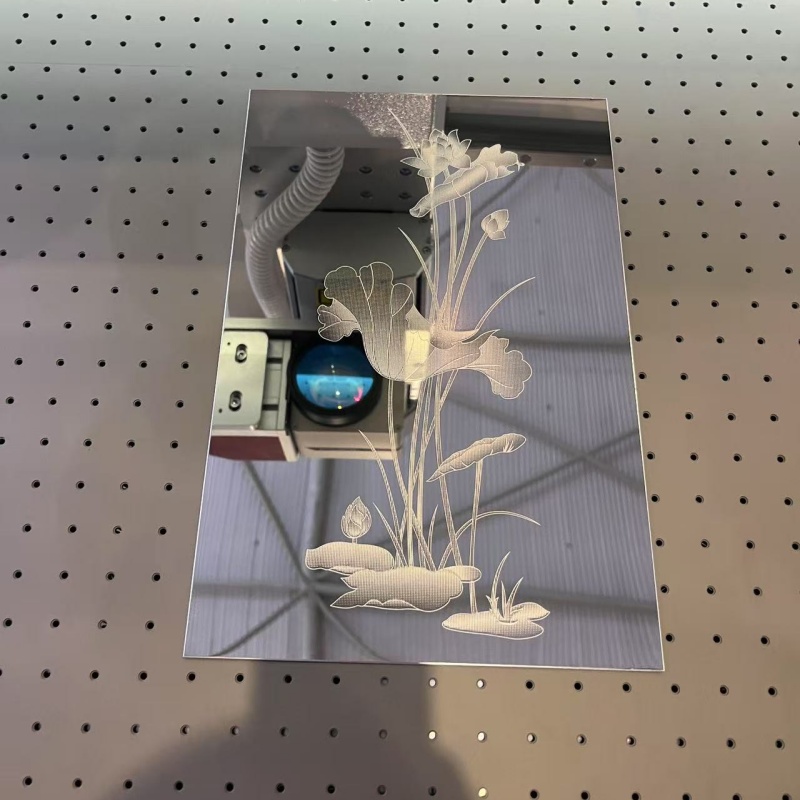Since its advent in the 1960s, laser technology has ushered in a new era of precision treatment in the medical field. Today, medical laser equipment covers a wide range of sub-sectors, including dermatology, ophthalmology, and surgery. The depth of technological evolution and rigorous safety regulations have formed the cornerstone of modern laser medicine.
Technological evolution has always been centered around “precision, safety, and efficiency.” Early medical lasers, represented by CO₂ lasers and Q-switched lasers, achieved initial intervention in diseased tissues but suffered from limitations such as insufficient precision and a long recovery period. Breakthroughs in materials science and optical technology have led to the emergence of technologies such as pulsed dye lasers and intense pulsed light (IPL). Their specific wavelengths precisely match the absorption characteristics of different tissues, achieving both improved treatment effectiveness and comfort in areas such as freckle removal and hair removal. Currently, intelligent upgrades are becoming a new trend: devices equipped with AI algorithms can automatically identify skin type and match treatment parameters, while remote monitoring systems can track device status in real time, significantly reducing human error. Data shows that the Chinese medical aesthetic laser device market will achieve a compound annual growth rate of 15.3% from 2019 to 2023, with technological innovation being the core driver of this growth.

As technology advances, safety regulations are also continuously improving. Safety risks associated with medical laser devices primarily focus on three areas: laser radiation, electrical hazards, and operational errors. Laser radiation can directly cause eye damage and skin burns. A fire at New York University Medical Center occurred when a laser accidentally contacted a flame-retardant bed sheet, resulting in second-degree burns for a patient. High-voltage power combined with a humid environment can cause electric shock, as has occurred in a Princeton University laboratory. The “Medical Device Supervision and Administration Regulations” clearly regulate the entire production, sales, and use of equipment, requiring operators to wear professional protective eyewear and treatment rooms to install fume extraction systems to filter bacteria and toxic particles from the laser plume. Routine maintenance is also crucial. Regularly calibrating output power, cleaning the laser head, and inspecting the cooling system are essential measures to prevent equipment failure.
The coordinated development of technological innovation and safety regulations is an essential requirement in the medical laser device industry. On the one hand, companies developing multifunctional hybrid laser devices must prioritize safety design, such as implementing double interlocks to prevent misoperation and intelligent temperature control systems to prevent tissue overheating. On the other hand, regulatory policies are adapting to technological developments, imposing new requirements for the algorithm security of AI-assisted laser devices and device control in telemedicine. Practitioners must balance technical learning with standardized implementation. They must master the operational logic of new technologies like femtosecond lasers while strictly adhering to standardized procedures for preoperative evaluation, parameter calibration, and postoperative observation.

Looking ahead, with the deep integration of artificial intelligence and materials science, medical laser devices will advance towards more precise and personalized treatments. However, no matter how the technology evolves, safety remains an unavoidable bottom line. Only by balancing technological innovation with standardized management can medical laser devices steadily advance on the path of precision medicine and provide patients with safer and more efficient diagnosis and treatment experiences.



